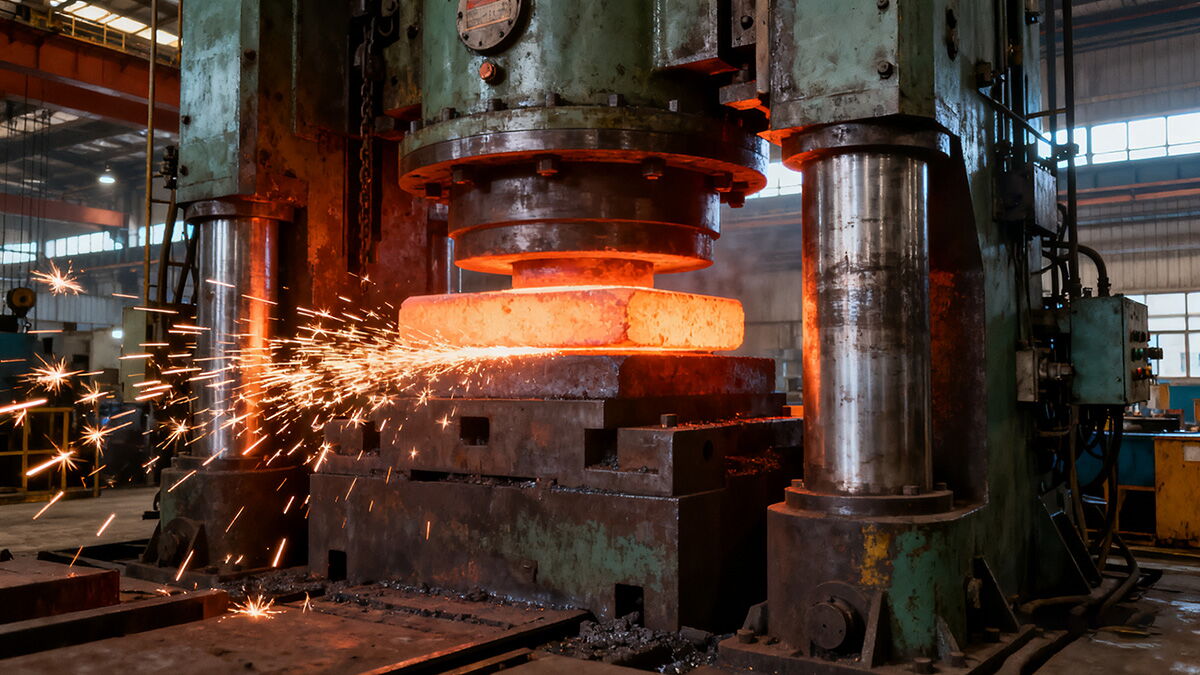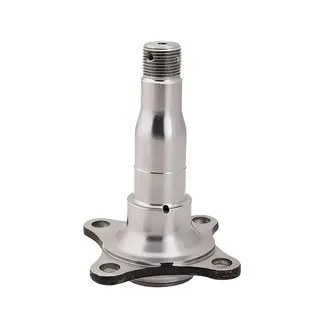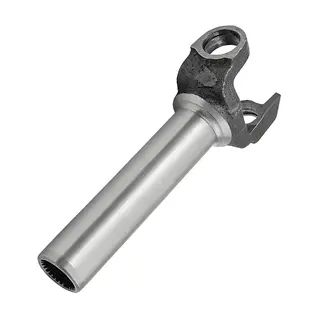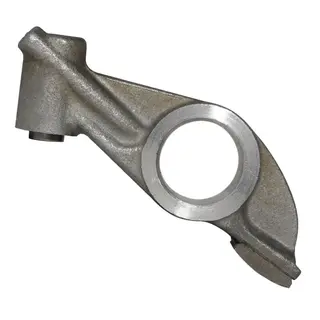Press forging is a metal forming process in which a heated or sometimes cold billet is gradually shaped under continuous and controlled compressive force applied by large dies. Unlike hammer or drop forging, which relies on repeated high-energy impacts, press forging applies slow and steady pressure, allowing the deformation to penetrate deep into the material. This results in components with superior strength, durability, and dimensional accuracy.

The process begins with heating the raw material, usually steel, to a temperature above its recrystallization range, commonly between 400 °C and 700 °C (752 °F to 1,292 °F). At this stage, the material's crystal lattice structure breaks down, making the metal softer and more ductile, which allows easier shaping.
During forging, the workpiece is compressed between two dies (mechanical, hydraulic, or screw driven). Unlike hammer forging, where contact time is measured in milliseconds, press forging involves longer contact times measured in seconds, enabling precise shaping. Cooling rates and temperatures are carefully controlled to meet the desired tensile strength, hardness, and fatigue resistance of the final part.
Press forging can be performed under different temperature conditions:
Cold press forging at room temperature, for high accuracy and surface quality.
Warm press forging below recrystallization temperature, balancing plasticity and dimensional control.
Hot press forging above recrystallization temperature, improving ductility for complex shapes.
Press forging can be carried out using different types of presses, each with its own operating principle:
Converts the rotational power of a flywheel into compressive force.
Force is transmitted through mechanisms such as knuckle joints or eccentrics.
Best suited for high-speed production and impression-die forging.
Uses fluid pressure to generate force.
A pump fills the cylinder beneath the piston, increasing pressure, which is released alternately above and below the piston to create the up-and-down movement.
Provides highly controlled, uniform pressure, making it suitable for open-die forging and large, complex parts.
Combines mechanical and hydraulic elements.
Rotational energy from a flywheel and screw is converted into downward ram force.
After each stroke, the flywheel and screw reset, allowing repeated cycles.
Well-suited for applications requiring a balance of speed and force control.
Press forging offers several benefits compared to hammer forging and other methods:
Deeper Deformation: Pressure penetrates the entire cross-section of the workpiece, altering both surface and internal structure, unlike hammer forging, which mainly affects the surface.
Superior Mechanical Properties: Results in components with excellent fatigue resistance, tensile strength, and toughness due to refined grain structure.
Improved Efficiency: Energy is directly transmitted to the workpiece with less loss compared to hammer forging, making the process more energy-efficient.
Dimensional Accuracy: Requires less draft angle and produces less scrap, leading to near-net shape products and reduced machining.
Process Control: Provides precise knowledge and control of the strain rate, enabling consistent part quality.
Versatility: Can be applied to both open-die forging (for large, simple shapes) and impression-die forging (for more complex geometries).
Force Application: Hammer forging uses quick, heavy blows; press forging uses slow, continuous pressure.
Material Deformation: Hammer forging primarily shapes the surface; press forging deforms the entire material cross-section.
Energy Use: Hammer absorbs significant energy; press forging directs more energy into the workpiece.
Accuracy and Scrap: Press forging achieves higher precision, requires less draft, and produces less scrap.
Production Suitability: Hammer forging is useful for smaller, lower-volume parts; press forging is more economical for large-scale, high-volume production.
Press forging is widely used in industries that demand high strength and durability, such as:
Automotive: Axles, shafts, gears, connecting rods.
Aerospace: Structural parts, turbine components.
Energy Sector: Turbine shafts, large flanges, and pressure components.
Industrial Machinery: Heavy-duty parts requiring high fatigue and wear resistance.


